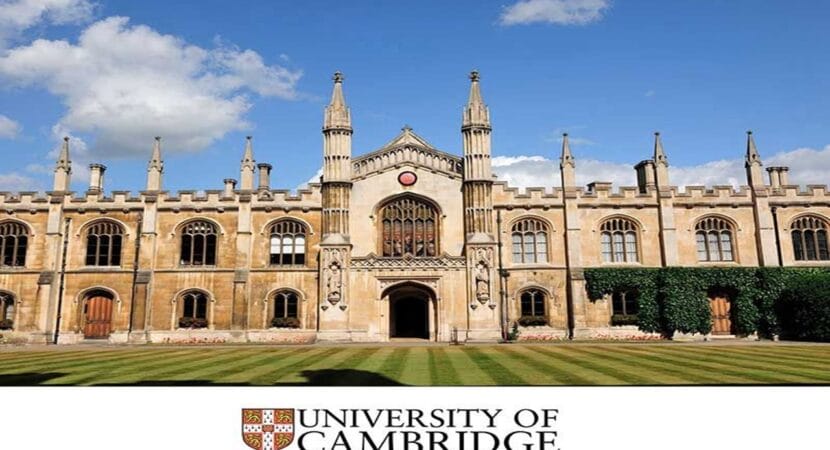
The new technology is an artificial leaf capable of transforming polluted sources into drinking water and hydrogen AT THE SAME TIME
In a notable evolution since 2022, a team from the University of Cambridge in the United Kingdom has achieved a scientific milestone by developing an aquatic artificial leaf technology capable of to produce drinking water and hydrogen simultaneously.
The technology-innovative floating device captures solar energy from above and uses the water below – whether seawater or contaminated wastewater – to generate hydrogen, a clean fuel, and purify water.
Technology stands out for its ability to operate both in polluted sources and at sea
Unlike previous versions, this The new technology prototype stands out for its ability to operate with polluted sources or seawater, offering an innovative solution for desalination and transformation into water and hydrogen.
Ariffin Annuar, a member of the team, highlights the relevance of this advance in remote or developing regions, where scarcity of drinking water is a challenge and infrastructure for purification is not readily available.
“A device that could work using contaminated water could solve two problems at the same time: it can split water to produce clean fuel and it can produce drinking water,” says Annuar.
Complex work on polluted water purification technology
The complexity of the technology of combining the production of solar fuels with the purification of water and hydrogen is evident from the initial process of breaking water molecules into hydrogen and oxygen. The common problem is the need for completely pure water, as any contaminant harms the catalyst, compromising its operation.
The team overcame this obstacle by depositing a photocatalyst on a nanostructured carbon mesh, efficient at absorbing light and heat. This porous mesh, treated to repel water, not only helps the photocatalyst float, but also keeps it away from the water below, preventing contaminants from interfering with its functionality.
Optimization beyond purification
To optimize the capture of solar energy, a UV-absorbing layer was added, responsible for breaking water molecules and generating hydrogen. The remaining light is directed to the bottom of the device, contributing to the vaporization of the water.
Chanon Pornrungroj, the main person responsible for these latest innovations, highlights the effective imitation of a real leaf, incorporating the transpiration process.
This artificial aquatic leaf represents a significant advance in the production of clean energy and the supply of drinking water. Its ability to operate in challenging environments and utilize sources previously considered impractical highlights its potential to address global issues of water scarcity and dependence on fossil fuels.











